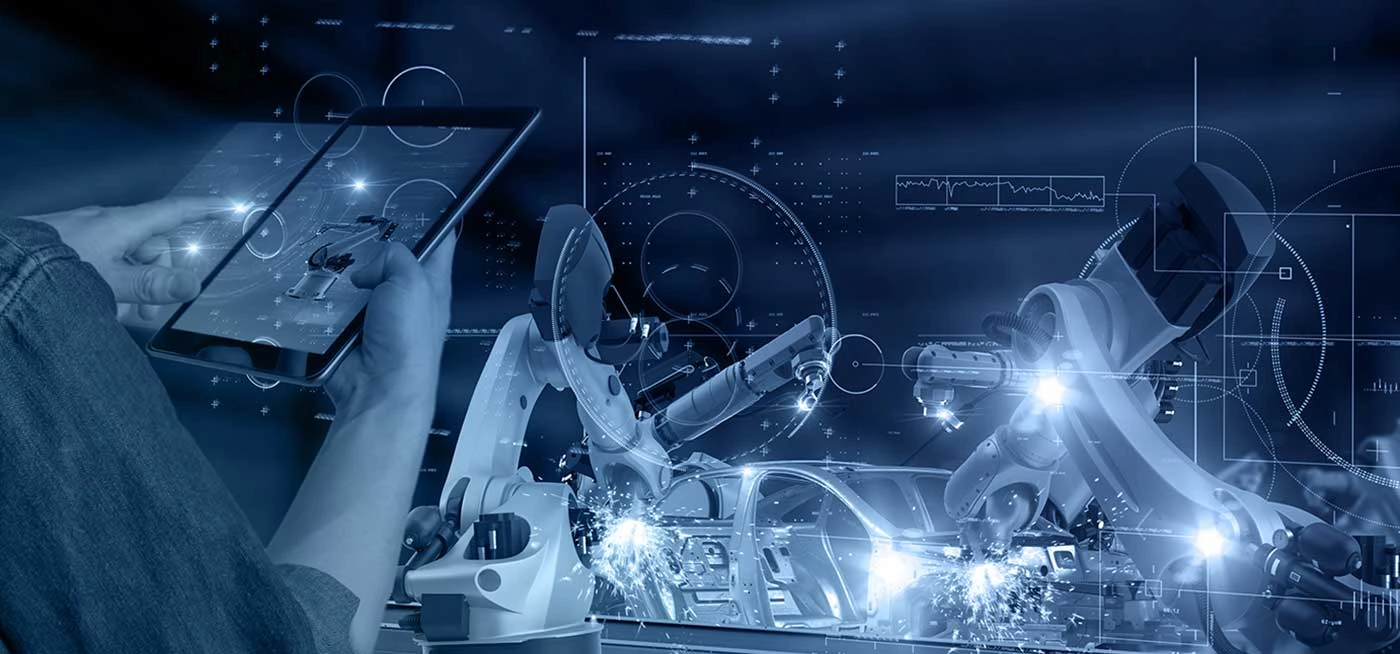Today economies all across the world are constantly evolving driven by the rise of new technologies, changing consumer preferences, and sustainability. The era of digitization, automation, and new business models is influencing mostly every sector and the automotive industry is not an exception.
These new smart technologies will provide pace for four disruptive high-tech trends in the automotive industry: Diverse E Mobility, strengthened connectivity, autonomous driving, and electrification.
Industry experts also believe that these factors will determine the pace of growth for the automotive industry and will pave the path for disruption in the sector by 2030. There is no denying the fact that disruption is already at its zenith, but still, there is no clear picture as to what this will look like in the coming 10 to 15 years. As new technologies will keep altering the way the automotive industry functions in the coming years, they will also influence our day-to-day lives to a far larger extent.
Citing the present scenario and the upcoming future for the auto industry, these are the key trends that are expected to define the automotive revolution by 2030.
Hyper-Connectivity in the Auto Segment
The continuous expansion of the internet has given rise to social media and 24 hours seamless connectivity. AI and Big Data are changing the demographics of connectivity in the real world. Additionally, further advancements in the field of Big Data, Cloud Computing, Internet of Things (IoT), will seamlessly connect people on a real-time basis. These continuous developments and rise in new technologies will pave way for hyper-connectivity in the auto segment too.
E-Mobility for a greener planet
The challenges posed by climate change have pushed the larger debate on CO2 emissions. Governments across the world are working towards a sustainable greener planet by introducing EVs. EV is a sunrise sector and a major enabler in India’s economic growth. While the EV revolution in India is still in the nascent stages, the government has incentivized the use of electric vehicles and aims to achieve complete electrification in vehicles by 2030.
Changing consumer mobility behaviour
The new emerging habits of the consumers to tailor the use of their vehicles for several purposes is shifting the perception of the automakers. The changing demands of consumers amid technological breakthroughs will lead to a fundamental shift in consumers’ mobility behavior. This will eventually lead to diverse on-demand mobility solutions for the consumers, especially in highly populated urban areas where usage of private two-wheelers and four-wheelers is usually discouraged.
Integration of 3D printing, cloud computing in vehicles
The auto industry is yet to witness a manufacturing revolution where the use of 3D printing, and cloud computing will be integrated into the vehicles. This technology will allow auto manufacturers to be more creative by bringing an artistic flair to the overall design of a car or a bike. This convergence between aesthetics and technology will not only push the monetary capital to the next level but will also allow customers to have a say in the overall design process.






Comments (0)
Feb 15, 2022
Views (1489)